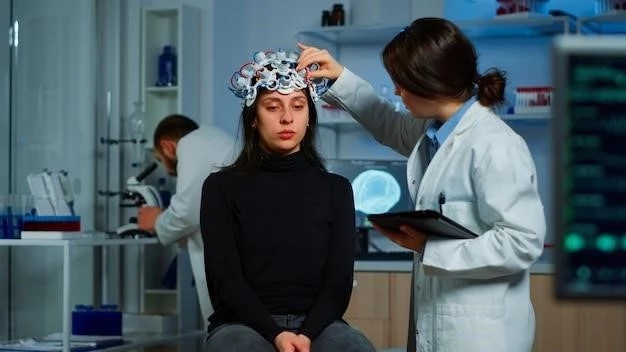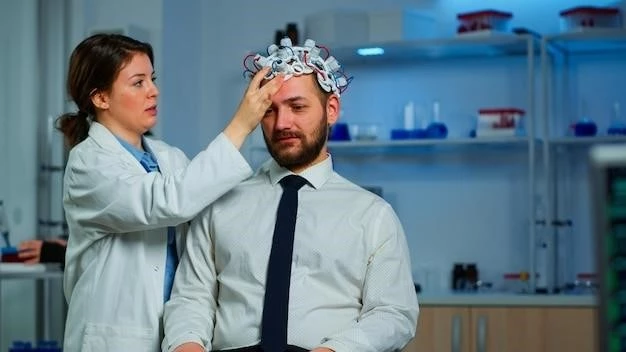Overview of Craniofrontonasal Dysplasia
Understanding the causes of Craniofrontonasal Dysplasia is essential for diagnosis and treatment.
Causes of Craniofrontonasal Dysplasia
Craniofrontonasal Dysplasia is caused by mutations in the EFNB1 gene located on the X chromosome. This condition is inherited in an X-linked dominant pattern‚ affecting both males and females‚ but with more severe symptoms in females due to X chromosome inactivation. The genetic mutation leads to abnormal development of the head‚ face‚ and limbs during embryonic growth‚ resulting in the characteristic features of the disorder.
Symptoms‚ Diagnosis‚ and Management
Understanding the symptoms‚ diagnosis‚ and management of Craniofrontonasal Dysplasia is crucial for comprehensive care.
Symptoms and Diagnosis of Craniofrontonasal Dysplasia
Craniofrontonasal Dysplasia presents with distinct facial features such as a wide-set eyes‚ broad nasal bridge‚ cleft lip/palate‚ and abnormal head shape. Other symptoms may include skeletal abnormalities‚ intellectual disability‚ and limb differences. Diagnosis involves a physical exam‚ imaging studies‚ and genetic testing to confirm EFNB1 gene mutations. Early detection is key for appropriate management and interventions to improve the quality of life for individuals with this condition.
Management of Craniofrontonasal Dysplasia
The management of Craniofrontonasal Dysplasia focuses on addressing individual symptoms and improving quality of life. This may involve a multidisciplinary approach with specialists such as geneticists‚ craniofacial surgeons‚ orthopedic surgeons‚ and speech therapists. Treatments can include surgical interventions for facial and limb abnormalities‚ therapies for developmental delays‚ and ongoing monitoring for potential complications. Psychological support and educational resources are also essential components of holistic management for individuals living with Craniofrontonasal Dysplasia.
Treatment and Genetic Factors
Exploring treatment options and genetic factors is crucial in managing Craniofrontonasal Dysplasia.
Treatment Options for Craniofrontonasal Dysplasia
Treatment for Craniofrontonasal Dysplasia may include surgical correction of craniofacial abnormalities‚ speech therapy‚ physical therapy‚ and educational support. Orthopedic interventions can address limb differences‚ while genetic counseling is essential for families. Early intervention and ongoing medical management are key to improving outcomes and enhancing the overall well-being of individuals with Craniofrontonasal Dysplasia.
Genetic Factors in Craniofrontonasal Dysplasia
Craniofrontonasal Dysplasia is primarily caused by mutations in the EFNB1 gene on the X chromosome. This gene provides instructions for making a protein that plays a critical role in embryonic development‚ particularly in the formation of the face‚ skull‚ and limbs. Mutations in EFNB1 disrupt normal signaling processes‚ leading to the characteristic features of the disorder. Understanding these genetic factors is crucial for accurate diagnosis‚ genetic counseling‚ and the development of targeted therapies for individuals affected by Craniofrontonasal Dysplasia.
Craniofrontonasal Dysplasia in Children
Craniofrontonasal Dysplasia can present unique challenges in children‚ impacting their physical‚ cognitive‚ and emotional development. Early intervention is crucial to address the diverse needs of affected children and support their overall well-being. Pediatric specialists‚ educational resources‚ and family support are essential for navigating the complexities of managing Craniofrontonasal Dysplasia in children. Tailored treatments and a multidisciplinary approach can help enhance quality of life and ensure optimal growth and development for young individuals with this condition.

Research‚ Support‚ and Resources
Exploring current research‚ available support‚ and valuable resources is crucial for Craniofrontonasal Dysplasia.
Research and Advances in Craniofrontonasal Dysplasia
Ongoing research is expanding our understanding of Craniofrontonasal Dysplasia‚ leading to new insights into its genetic mechanisms and potential treatment options. Advances in genetic testing and molecular technologies hold promise for personalized approaches to managing this condition. Collaborative efforts among clinicians‚ researchers‚ and advocacy groups are driving progress in improving outcomes for individuals with Craniofrontonasal Dysplasia. Stay informed about the latest advancements to access cutting-edge care and support for those affected by this rare disorder.
Support and Resources for Craniofrontonasal Dysplasia
Accessing support and resources is vital for individuals and families affected by Craniofrontonasal Dysplasia. Organizations‚ such as patient advocacy groups and specialized clinics‚ provide valuable information‚ emotional support‚ and connections to experts in the field. Educational materials‚ counseling services‚ and community networks can offer practical assistance and a sense of community for those navigating the challenges of this rare condition. By leveraging available resources‚ individuals can better cope with the impacts of Craniofrontonasal Dysplasia and access the help they need for comprehensive care.
